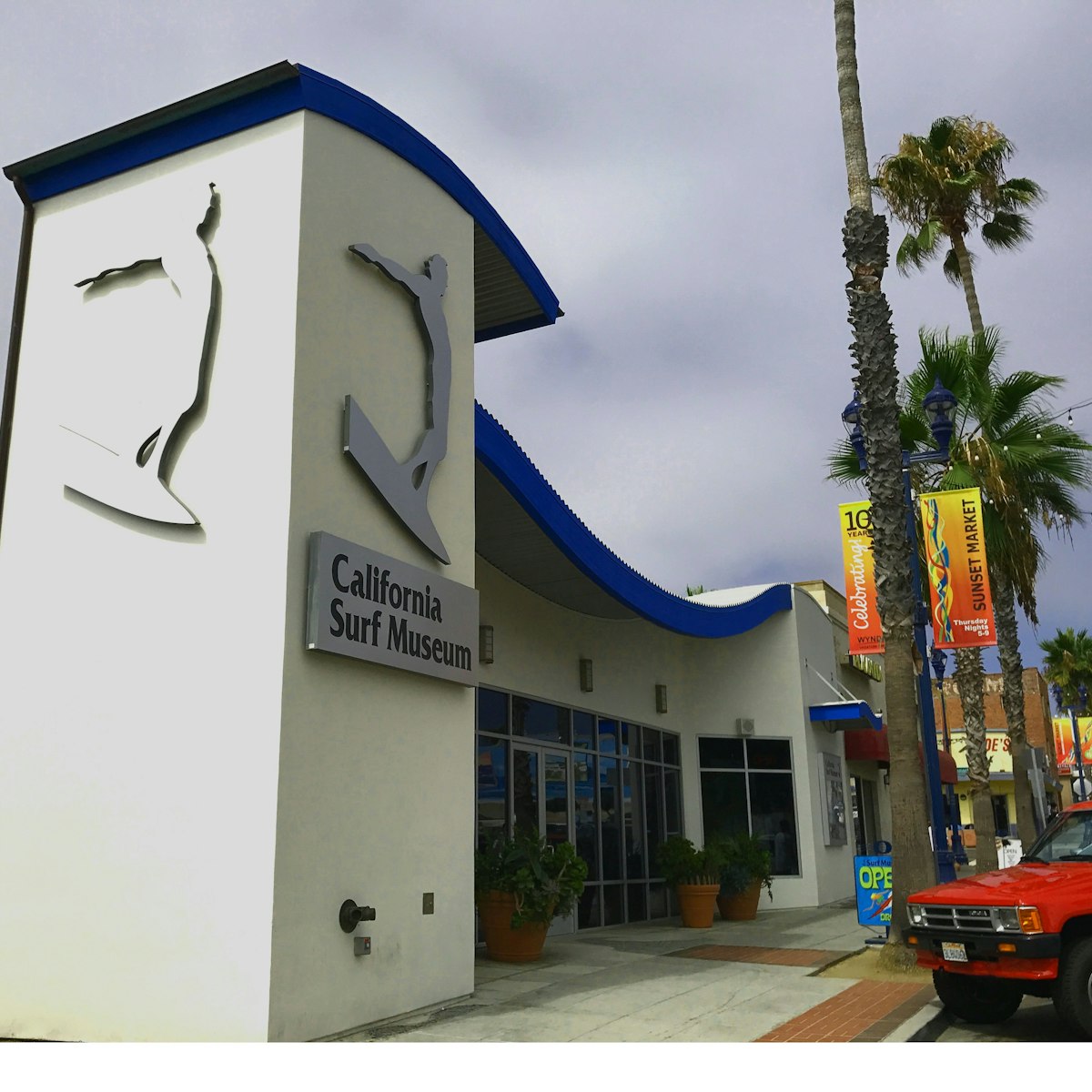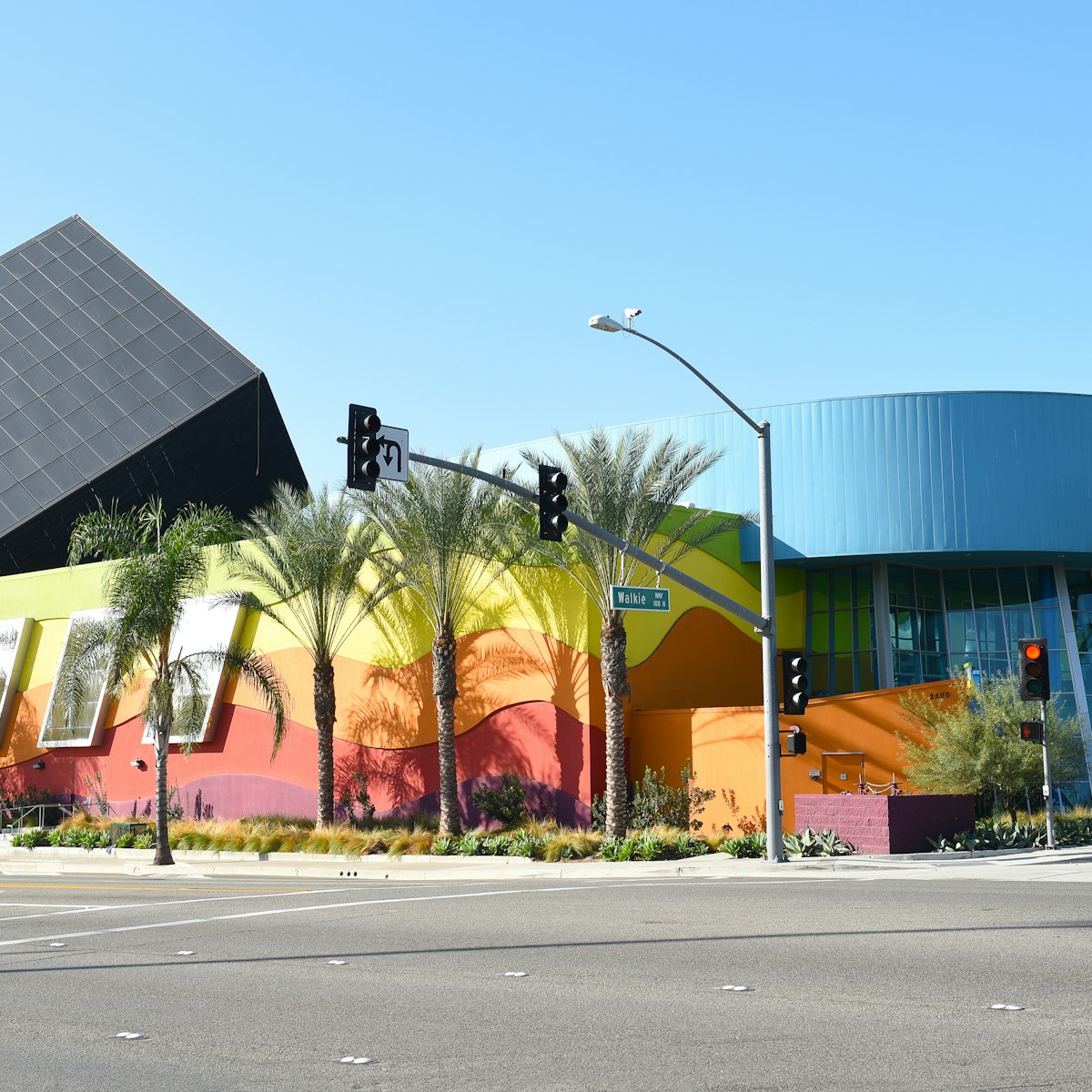Famous for its swallows that fly back to town every year on March 19 (though sometimes they’re just a bit early), San Juan Capistrano is home to the ‘jewel of the California missions,' Roman Catholic outposts established in the late 18th and early 19th centuries. Amid that photogenic mission streetscape of adobe, tile-roofed buildings, and historic wood-built cottages, there’s enough history and architectural appeal here to make almost a day of it.
Plan on spending at least an hour poking around the sprawling mission’s tiled roofs, covered arches, lush gardens, fountains and courtyards – including the padre’s quarters, soldiers’ barracks and the cemetery. Admission includes an audio tour with interesting stories narrated by locals. Check out the towering remains of the Great Stone Church, almost completely destroyed by a powerful 1812 earthquake.
Mission San Juan Capistrano history
Padre Junípero Serra, considered the father of California's missions, founded nine out of 21 including this one, on November 1, 1776. The Serra Chapel – whitewashed outside with restored frescoes inside – is believed to be the oldest existing building in California, dating to 1782. It’s certainly the only one still standing in which Serra gave Mass.
Before Serra's arrival, this region was home to the Acjachemen people, who the missionaries soon set about converting. Indeed, the cemetery at Mission San Juan Capistrano includes the graves of dozens of Acjachemen who were part of the community here. The padres brought not only the Catholic faith, but also criollo grapes for making sacramental wine. The first vineyards were planted in 1779, making San Juan Capistrano the cradle of California's now world-famous wine industry.
The Great Stone Church that was one of the first buildings in the Mission complex was destroyed by a series of successive earthquakes in 1800 and 1812. Over the decades that followed, the secularization of Mexican missions (for California was not yet part of the United States) led to the decline of San Juan Capistrano and pillaging by locals, former priests, and even pirates.
Today the Mission honors its history with displays of art and artifacts that include a Native American Museum and Interpretive room, landscape paintings, and religious paraphernalia.
The swallows of Mission San Juan Capistrano
The famous swallows return to nest in the walls of Mission San Juan Capistrano every year around March 19, the feast of Saint Joseph, after wintering in South America. Their flight covers about 7500 miles each way. The highlight of the month-long festival is one of the largest non-motorized parades in the country, which first took place in the 1930s.
Just off the parade route, visitors gather to eat, drink and listen to music at the outdoor mercado (market), held on a Saturday in mid-March.
Arriving at Mission San Juan Capistrano
The mission is at the corner of Ortega Hwy and Camino Capistrano, and can easily be reached by car. Free public parking abounds around the mission, though one of the best located parking lots is on the south side of Ortega Highway and El Camino Real.
The Mission can also be reached by train, using both Amtrak and southern California's MetroLink train network. The train station is at 26701 Verdugo Street, a two minute walk from the Mission.
The nearest hotel is directly across El Camino Real by the Sera Chapel East Gate. The Inn at the Mission San Juan Capistrano is an Autograph Collection Hotel heavily influenced by the Mission's architecture. It opened in September of 2020, with a restaurant, spa, pool, and outdoor areas overlooking the ruins of the Great Stone Church.









